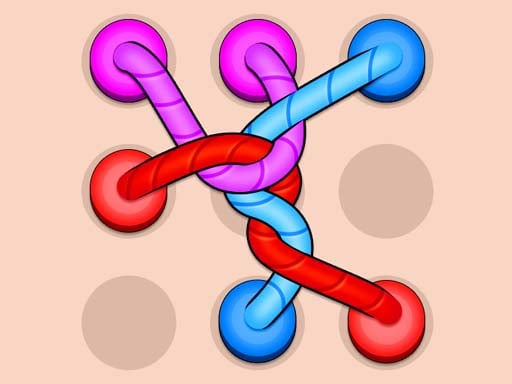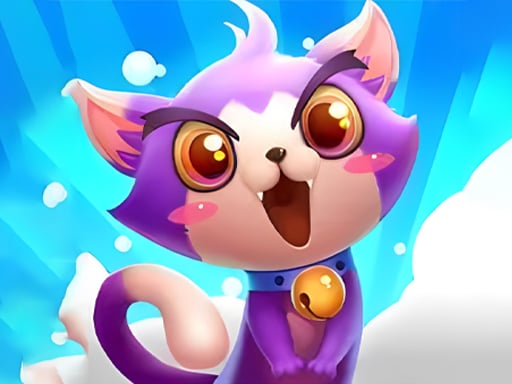Anime, also sometimes referred to as Japanimation, encompasses hand-drawn and computer-generated animation originating from Japan. The term “anime” stems from the English word “animation,” and within Japan, it broadly denotes all forms of animated media. However, outside Japan, “anime” specifically refers to animation produced in Japan or a Japanese-influenced animation style characterized by vibrant visuals, expressive characters, and fantastical themes. This more abstract cultural interpretation allows for the possibility of anime created outside Japan, though traditionally it is associated with Japanese origins.
The history of Japanese animation dates back to at least 1917 with its earliest commercial productions. A distinctive art style began to emerge in the 1960s, largely influenced by the works of Osamu Tezuka, and gained global popularity in the latter half of the 20th century, attracting a large international audience alongside domestic viewers. Anime can be distributed through various channels, including theatrical screenings, television broadcasts, direct-to-home media, and online platforms. Many anime series and films are original creations, but a significant number are adaptations of manga (Japanese comics), light novels, or video games.
Over time, production techniques and methods have evolved alongside technological advancements. As a multimedia art form, anime blends graphic art, storytelling, cinematography, and innovative visual effects. Unlike traditional animation that emphasizes fluid movement, anime production often places greater emphasis on creating immersive settings through detailed backgrounds and camera techniques such as panning, zooming, and dynamic angles. Artists employ a range of styles, with character designs that vary greatly—from exaggerated, large emotive eyes to more realistic proportions.
Anime spans numerous genres, appealing to both broad audiences and niche groups. In the United States, a term that has emerged among fans is “wapanese,” referring to White individuals who wish to emulate Japanese culture, and more commonly “weeaboo,” which describes individuals with a strong obsession with Japanese anime and related subcultures.














